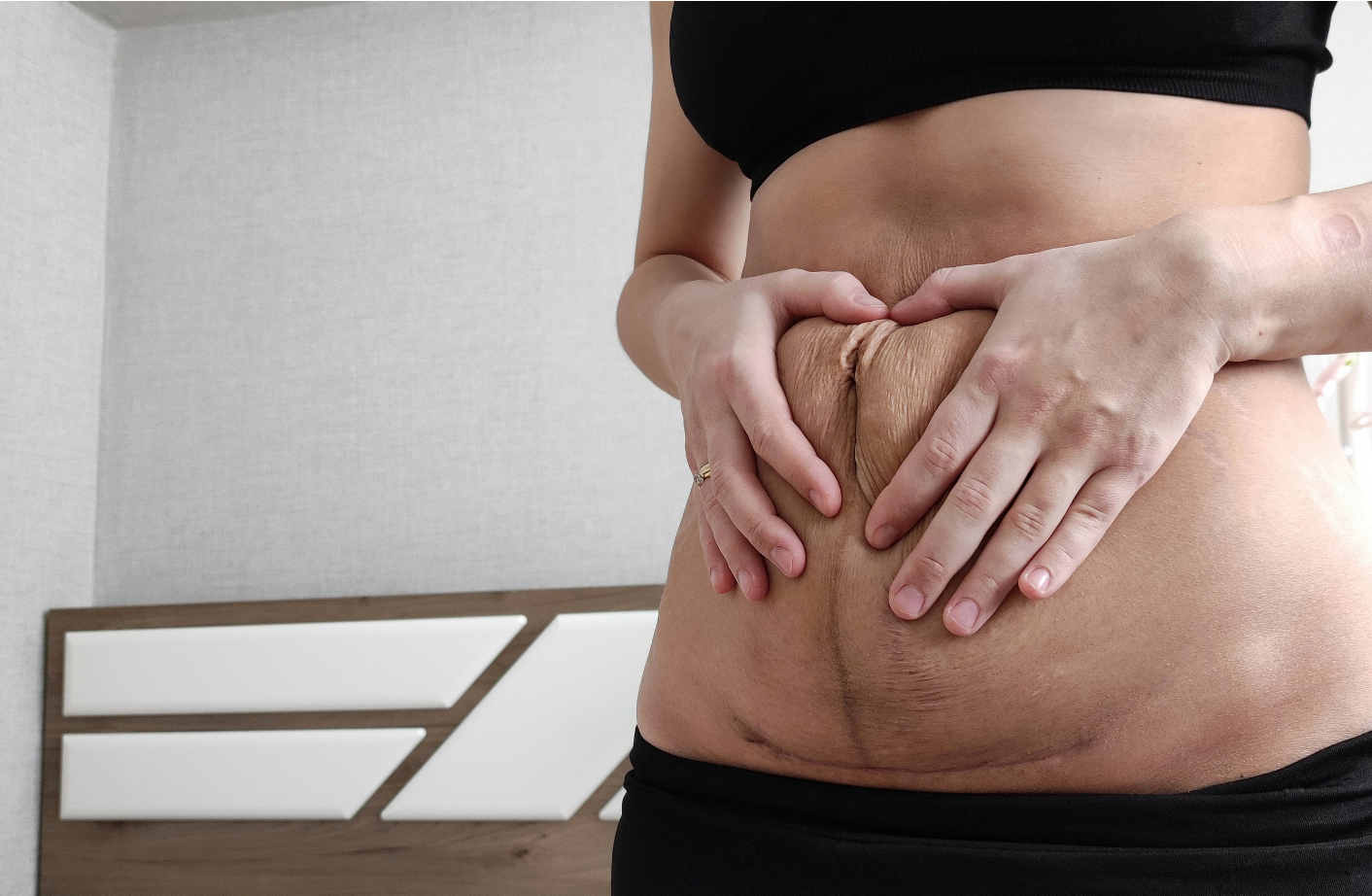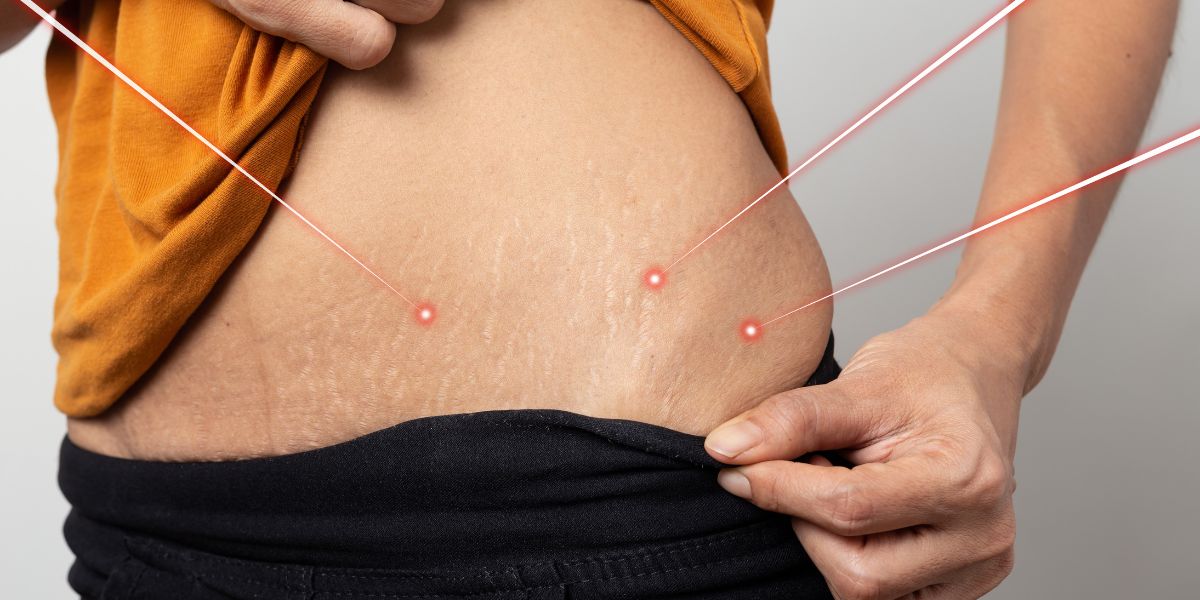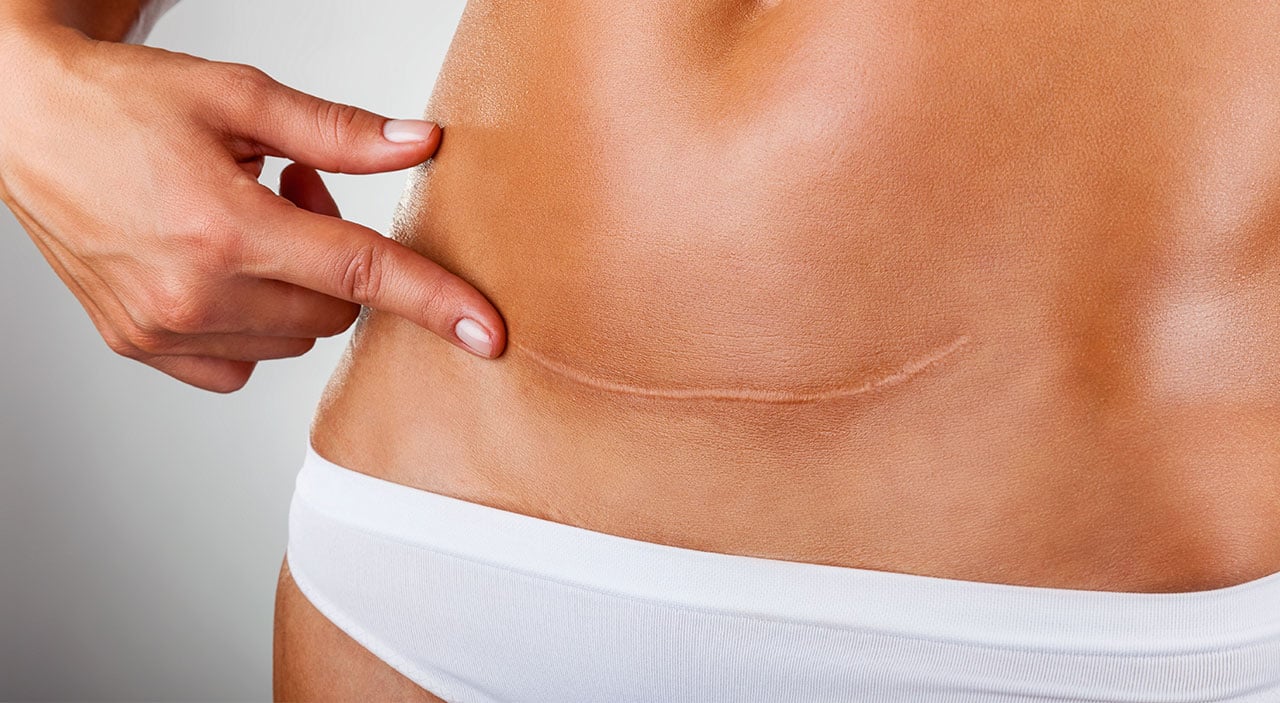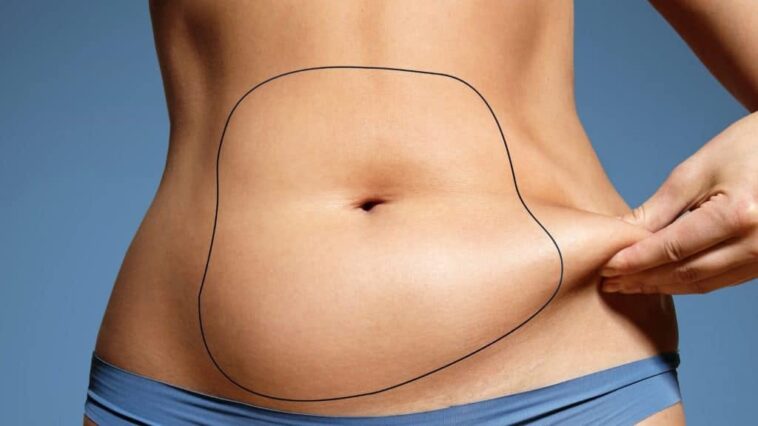Abdominoplasty, commonly known as a tummy tuck, stands out as a highly sought-after cosmetic surgery option. Its popularity arises from its ability to artistically enhance a person’s look while maintaining a natural and individualised appearance. Have you ever considered the thought, Is a tummy tuck right for me? If that question has crossed your mind, it’s the perfect moment to delve into the details of this procedure. This guide aims to shed light on aspects of tummy tuck surgery.
Reason To Get Tummy Tuck
Improved posture and back pain relief: Excess skin and fat in the abdominal area can pull the spine forward, causing back pain and poor posture. Removing this surplus fat can help improve posture and relieve associated back pain.
Reduced urinary stress incontinence: Pregnancy, childbirth, and abdominal surgery can sometimes damage abdominal muscles and cause stress urinary incontinence (leaking urine when coughing, sneezing, etc.). Tightening weakened muscles during a tummy tuck can help reduce this.
Improved abdominal muscle function: During surgery, separated abdominal muscles are sutured back together, allowing them to heal and function properly again. This can help with core strength and stability.
Reduced rashes/infections: Excess skin folds after major weight loss can trap moisture, leading to rashes and infections. Removing this excess skin helps prevent these health issues.
Improved quality of life: People with excess fat/skin who get abdominoplasty surgery often report significant improvements in self-esteem, emotional health, feeling more comfortable in clothes, increased mobility, motivation to stay active, and overall well-being.
The combination of these physical and mental health benefits often leads to a better overall quality of life after getting a tummy tuck for many patients. As with any surgery, though, results vary on an individual basis.
Ideal Candidate for Tummy Tuck

The best candidates for a tummy tuck are men or women in overall good health who have excess abdominal skin and fat that does not respond to diet and exercise. This loose skin giving the appearance of a “pooch” is often due to pregnancy, ageing or significant weight loss.
Optimal candidates for this procedure are individuals who do not smoke, as smoking can impede the healing phase. It is essential that they are in proximity to their target body weight and committed to sustaining it, as significant fluctuations in weight could affect the outcomes. Additionally, having realistic expectations regarding the potential scarring and the necessary recovery time is crucial for prospective candidates.
Choosing the Right Surgeon
One of the most important pre-surgery steps is vetting the credentials of plastic surgeons. Board certification should be a minimum qualification. Prospective surgeons should have ample experience performing tummy tucks, with good reviews and photos of past work.
After narrowing down your options, arrange a consultation with your chosen surgeon to delve into your objectives and address any concerns. Effective communication between the patient and surgeon is pivotal to achieving the desired results.
Preparing for Surgery
Once a surgeon is selected, follow all pre-operative instructions carefully. This may involve stopping smoking a few weeks beforehand, following a nutritious, balanced diet, and avoiding certain medications. Your cosmetic surgeon will give you particular guidelines.
You’ll need to arrange for someone to drive you home after the surgery and stay with you for at least the first night. Stock up on soft, easy-to-digest foods as well as loose, comfortable clothing that won’t rub against incisions. Set up a comfortable nest to rest in during the initial recovery.
Adhere to the provided guidelines for skin cleansing and refrain from using lotions, perfumes, or deodorants before the surgery. This precautionary measure helps minimise the risk of infection.
Tummy Tuck Procedure
Under the influence of general anaesthesia, a tummy tuck procedure typically takes two to four hours, depending on the complexity of the surgery. The surgeon initiates the process by making an incision, facilitating the removal of surplus skin and fat while simultaneously tightening the abdominal muscles. In the case of a full tummy tuck, reshaping the skin around the belly button is also part of the surgical process.
Tummy Tuck Procedure Steps

The tummy tuck procedure involves several key steps:
Anaesthesia Administration: Prior to the surgery, you’ll receive general anaesthesia to ensure you’re comfortably asleep throughout the entire procedure.
Incision Making: Once under anaesthesia, the surgeon will make incisions, typically extending from one hip bone to the other.
Muscle Repair: After the incisions, the surgeon may repair abdominal muscles if needed, enhancing their tightness to improve the overall contour.
Removal of Excess Skin and Fat: Using techniques such as excision for skin and liposuction for fat, the surgeon will eliminate any surplus skin and fat from the abdominal region.
Repositioning of the Belly Button: For those undergoing a full tummy tuck, the surgeon might reposition the navel to achieve a more natural appearance post-surgery.
Closure of Incisions: Once the necessary adjustments are made, the surgeon will close the incisions using sutures or other closure techniques.
Recovery: After the surgery, you’re taken to a recovery area where you awaken from anaesthesia. In many cases, patients can return home on the same day.
Tummy Tuck Recovery
After surgery, you’ll experience some pain and discomfort, which can be managed with medication. You’ll need a family member or friend to assist you for at least the first 24 hours.
Your abdomen will be swollen and bruised, and standing fully upright will not be possible initially. Walking bent at the hips is encouraged as soon as possible to prevent blood clotting, but your focus should be on getting plenty of rest. Low-level activity accelerates healing, but no heavy lifting should happen for 4 to 6 weeks. Since every patient’s recovery timeline differs, follow your surgeon’s instructions for your specific case.
Tummy Tuck Scarring

While scarring is an expected outcome of any surgical procedure, effective care and follow-up can significantly reduce the scarring associated with this cosmetic surgery. Using recommended scar treatments helps minimise their appearance.
Visible results appear quickly as the initial swelling subsides. However, the results take 3 to 6 months to fully emerge. Skin continues to contour, and inch loss becomes apparent as healing progresses.
Over time, the scar settles into a thin, silvery line, easily concealed by a bikini bottom or underwear. With this scar and change in abdominal firmness comes tremendous confidence in appearance.
Concluding Thoughts
A tummy tuck is a highly effective procedure for removing stubborn belly fat and sagging skin when fitness and diet fall short. Following preparatory guidelines, choosing a qualified surgeon, and adhering to recovery directions lead to safe, smooth results from this transformation surgery.




